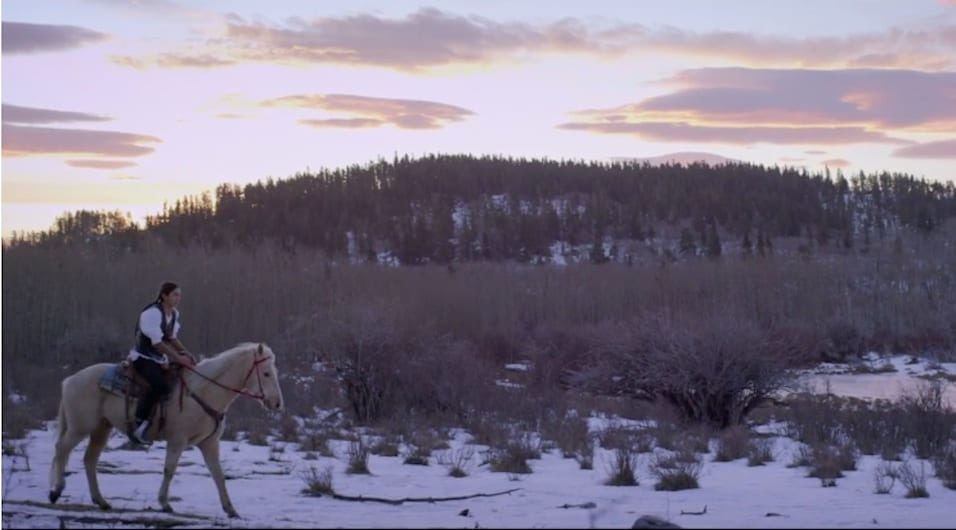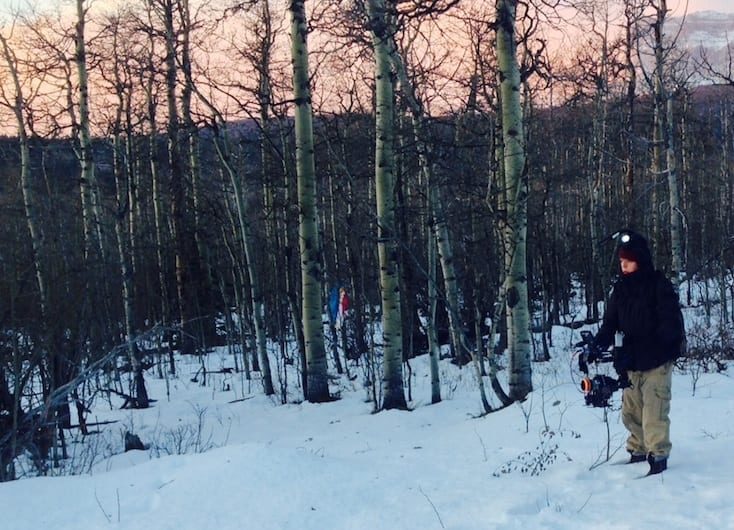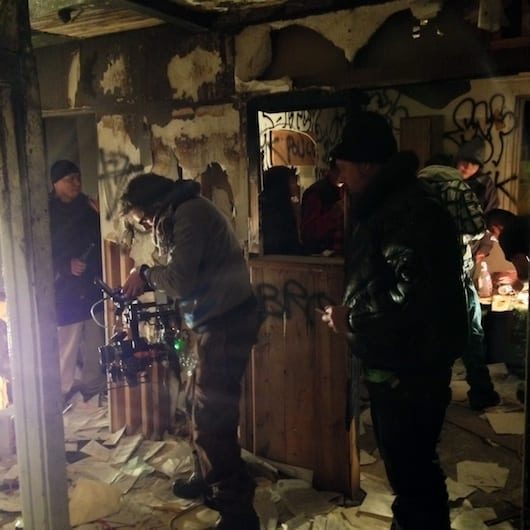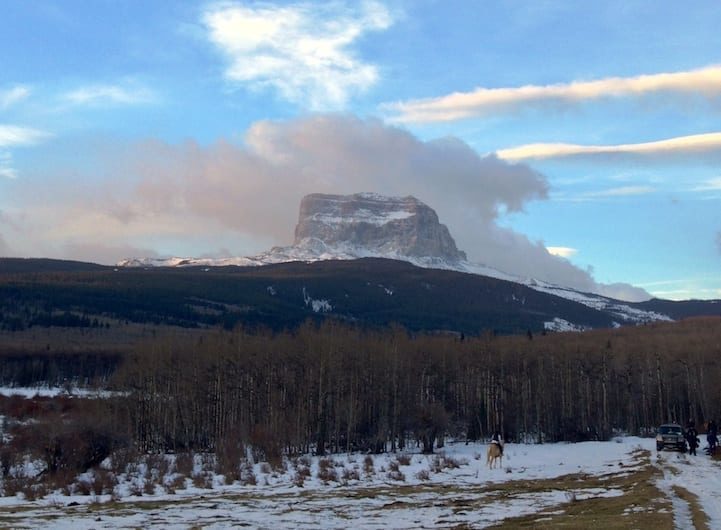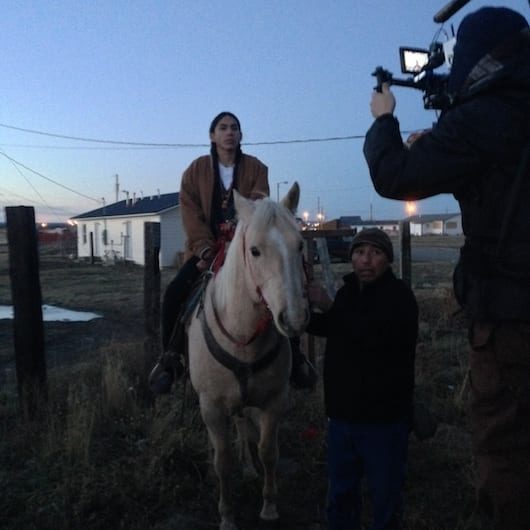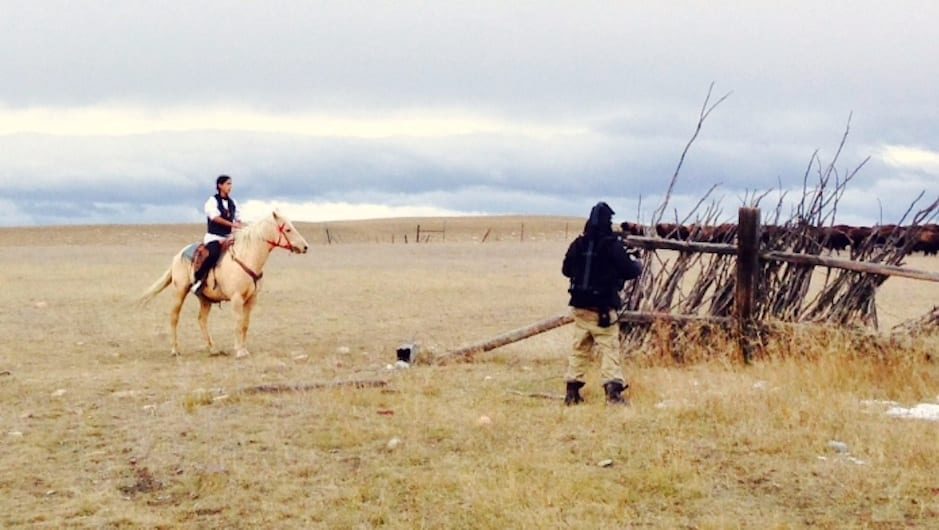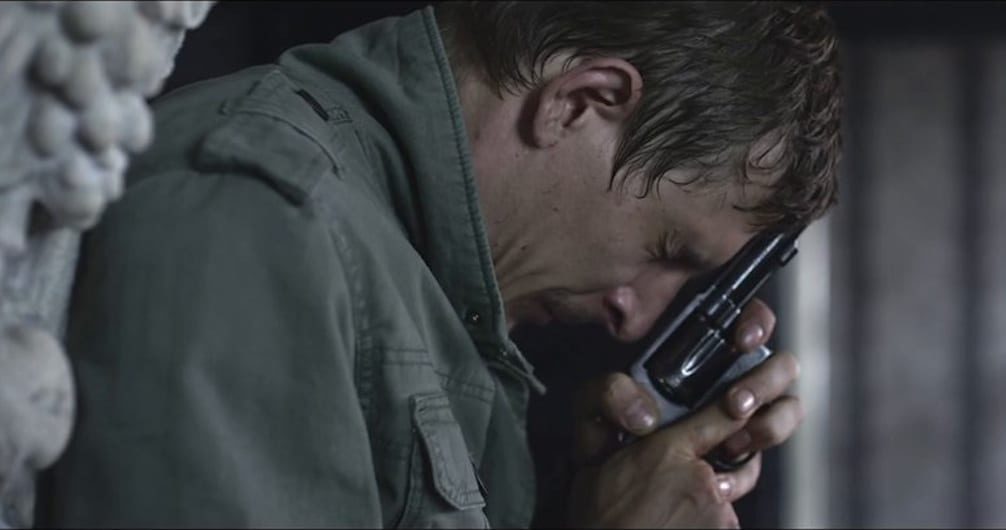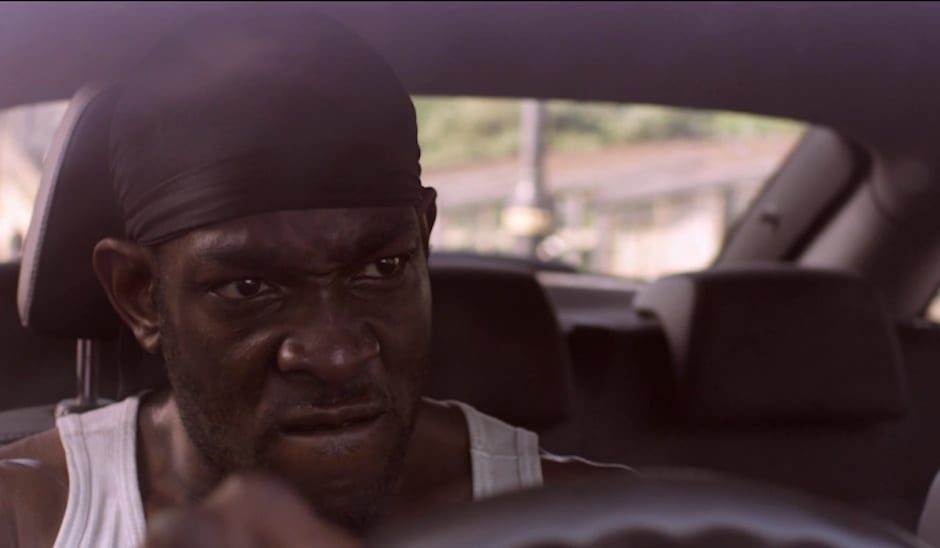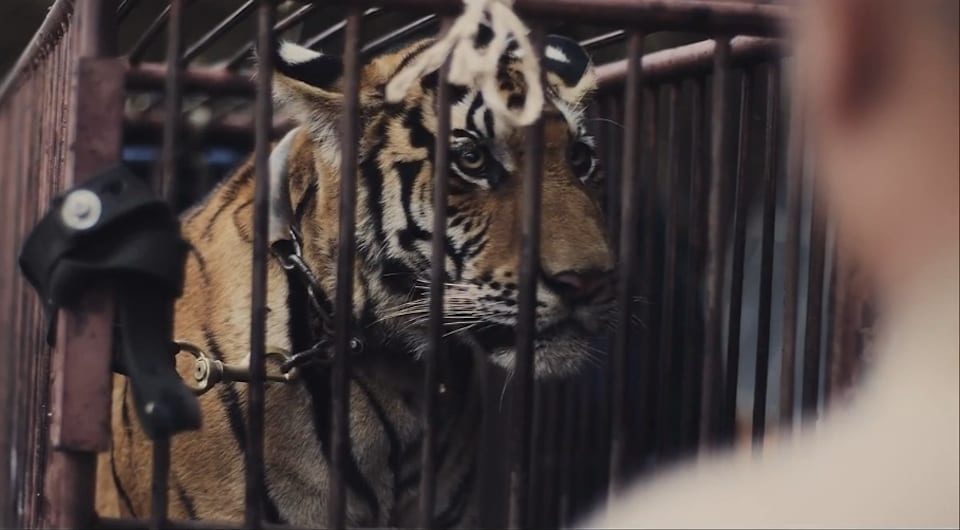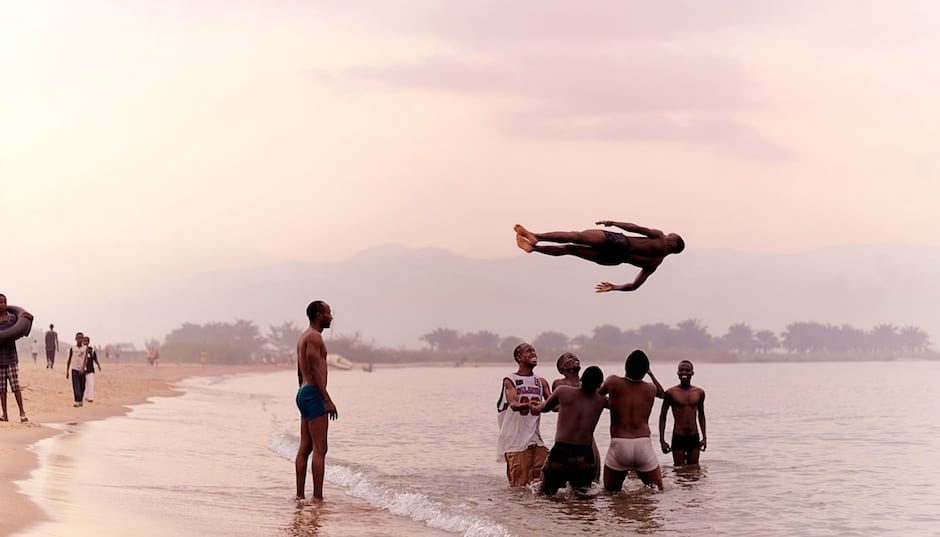You have an extraordinary ability to get into the underbelly of so many diverse cultures and in this case the Blackfeet Indian Reservation in Montana. What led you there?
As a reformed drug addict I follow stories around the world where the worst drug abuse is common. It’s my mission with my career to try to steer people into recovery as a thanks to those that helped me with my own addiction.
As such I was shooting a story about a reformed Hispanic gangster turned graffiti artist in LA and I met a Native American rapper who grew up on a reservation. I was shocked to hear stories about the reservations – in Europe there is no concept generally about contemporary Native Americans.
I then started researching and put together a story based on the stuff I was told about. I decided I would really like to tell Europe how difficult it is for Native Americans in modern America because most people have no idea who they are.
All my work is about the beauty that comes from hardship and I wanted to tell the story of the spiritual awakening of a drug addict in a Native American community. I have a friend, Jake Bowers, a Romany Gypsy from the UK who is a journalist and human rights activist.
I’ve worked with Jake for the last 10 years on and off. During his younger days he had spent a few months with the Blackfeet in Montana and forged some strong friendships there. I also had some other connections with other reservations but it was something about the Blackfeet, the backdrop of the Rockies and Jakes powerful connections that drew me there.
Did you write the narrative after meeting with the community? And how did you win over the trust of the people? Were the actors from the reservation too?
Several members of The Crazy Dogs Society in Browning are reformed alcoholics, I showed them my script and they really connected to it. They explained that it was basically their own story and also that they regularly help those with addictions through ceremony.
I told them that I would like to make it something they would be proud of, that told the story properly, so we had a few days discussing my script and changing it to make it more realistic.
During this time I met several community leaders including many people on the Tribal Council including the Cultural Attaché of the Blackfeet Nation. We explained the story a number of times and the Tribal Council gave us their blessing and also gave us a shooting permit to shoot anywhere in Blackfeet territory. The community basically backed the project and we were repeatedly told by various people how much they thought this story needed to be told.
I feel I could return there any time with my head held high. I’m also told the film has been very well received by people living not only on the Blackfeet Reservation but also on other reservations. You can see this by reading the comments under the video on youtube.
It still moves me when I think how much the people of Browning came together to help with this production. All the cast were from the community and had direct experience with the subject matter. Everyone had an impact on the script as is my usual way of working. I will constantly ask for advice and always keep an open mind on all my projects. I will quite often change something even if I don’t agree simply because enough people disagree with me.
How much were Chase and Status involved – especially with decisions about the narrative being told as a short film / music video mix?
My first point of contact was with the guys themselves. I had just done a video/ short film for Louis M^ttrs who is signed on their record label. I was actually talking to Will (Kennard) about an educational project he is spearheading in Tower Hamlets as I wanted to get involved. He then told me they had seen Louis’ video and were big fans. The conversation about Alive started there and I told them about this idea which started about a year ago. I then developed the idea further and the rest is history!
You’ve collaborated with your DP Luke Jacobs on nearly every film to the point there must be a massive understanding about what you both want to achieve with a film. Do you ever disagree?
We do disagree a little sometimes but as I said before I always want to hear from everybody and never dismiss anyone’s ideas. It’s around 50/50 as to who wins the row but usually Luke does what he likes anyway. Many times Luke has sneaked off to do the shot I didn’t like anyway and then it ends up in the edit. Luke has an extremely good instinct when it comes to narrative and he will make a fine director one day.
INTERVIEW WITH CINEMATOGRAPHER LUKE JACOBS:
Luke can you please tell us about the equipment you used and what was behind your decisions to use a particular camera and lens for shooting Alive?
We shot this on the Red Epic as it’s a perfect camera for the way we work using fast frames rates, often shooting large amounts of handheld, it’s so small that is doesn’t attract too much attention unlike something like an ALEXA and it’s small enough to put on an Octocopter and a Rotoreyes Freesteady FS3HH.
In terms of lenses, Josh and I both love lens flares and the way they flare is particularly important. In fact three days before the shoot I was running around hire companies carrying out tests with the Red. I wanted to see how the flares compared on different lenses in the same conditions with the same lights.
Film Scape Media really helped me with this. I tested Lomo Anamorphics, Zeiss CP2, Cooke S4s, Arri Ultraprime but eventually decided on Zeiss Superspeeds. They flared really easily and the flares weren’t overbearing and had a nice colour and shape to them.
Another choice we made which was also one of our biggest challenges was shooting on the Rotoreyes Freesteady FS3HH rig which basically stabilises the camera using brushless gimbals, helping to create smooth shots similar to steadicam but allowing more creatively.
Tom Wadsworth made us a bespoke rig for the Epic and because our budget was so limited he even made us a 3D printed follow focus to save money on us hiring one but warned us he’d never done this before and it might not work.
The focus puller Chris McGaughey and I only had a couple of hours with Tom to look at the set up and then we had to jump on a plane with this new gear to Montana. It was terrifying because virtually every shot in Josh’s shot list was on this rig that we hadn’t tested properly.
Setting up the first time was a nightmare, and Chris was up all night trying to balance and get the follow focus working properly. In the end the follow focus would only work on one lens the 35mm and it was really slow to turn and using it was very difficult.
The first day was extremely stressful. The Freesteady was really awkward and heavy and we were in a confined space and it just wasn’t working for us. We ended up shooting a lot of handheld instead which Josh felt was far more fitting for the opening sequence anyway as he wanted it to have a realness to it.
By the second day we were far more competent with the Freesteady and we could work very quickly with it. Chris also got used to the DIT remote follow focus and for the rest of the shoot we had very little issues.
What were the biggest challenges of the shoot?
One of the biggest challenges we had was getting the shot of the horse running. Josh wanted to get a shot where we pulled in front of the horse which was very tricky as it kept turning. We were basically racing around a huge field.
I was in the back of a pickup truck with the producer Lundi holding my legs so I wasn’t thrown out as we bounced around with me trying to hold the Freesteady rig over the edge to get the shot. When we finally got it, it was amazing and it looked Incredibly smooth. I think it’s one of my favourite shots in the film and it’s one Josh was so keen to get.
What’s it like working with Josh?
It feels like I’ve know Josh forever, I’ve shot practically all his films from when he crossed over into directing and its been a roller-coaster the last few years shooting in the Congo, Rwanda, Ethiopia, Montana, Guatemala, Manila, Thailand and Wales! Its always an adventure and it’s always fun as he’s become a great friend too.
When we started working together Josh always wanted to see what I was filming but now he trusts me far more and he can really concentrate on making sure he can get the performances from the actors. We’ve worked together so much that he doesn’t even use a monitor as he trusts I will get him the shots, often I will force him to watch take backs just so he’s sure he’s happy with it.
He’s never short of footage. A sound recordist on a Starbucks job we did said, “You don’t need to tell Luke Jacobs when to start filming, you just tell him when to stop!” which is very true. I know what Josh is after but at the same time I’m always snatching alternative angles, close ups that might be useful as bridging shots and details I feel might help the film.
Josh is definitely the most driven person I know and never gives up on anything! He has a great heart and a vision as a director and will fight to the end if he believes in something. He’s also extremely good at directing actors and those who have no acting experience too.
When there is a language barrier and they can’t quite understand what he’s after he’ll often act out the part himself to show them, which always amuses me, but to be fair he’s a pretty good actor.
Also if he wants to get aggression out of someone, like in the Alive video he wanted the father to be angry and aggressive, he’ll ask them to remember the last time they were angry at someone and try to get them to tap into that emotion. With some of the real gangsters in previous videos he does a bit of a role play and fronts up to them himself to see if he can get them worked up, that usually does the trick.
One of the things I think makes Josh stand out from other directors is that he really cares about the people he’s filming and working with. He’s actually a very sensitive guy although you wouldn’t think it if you met him on the street.
Often the subject matter he deals with is very personal and very dark and it’s a journey for the actors to tap into that and so Josh is with them the whole way and so at the end of the shoot it’s pretty emotional, many a times I’ve seen a little tear in his eye and theirs too.
He wants to portray something deep through his work. There is always a spiritual core and it’s always about getting a positive message through to help others and I’m not sure there are that many directors out there who really do care about doing that the way Josh does as he’s been through things a lot of people don’t recover from and that’s what this is all about for him.
Also from the outset Josh wanted to build a team around him with crew who weren’t ego driven who were down to earth so that when we went into communities in these far flung countries local people would warm to us. I’ve always tried to surround myself with these types of people too and so as I used to be based In Wales, most of Josh’s crew have ended up being friendly Welshmen! And although we all work extremely long hours with very little sleep our spirits are never down and the people we film love that!
